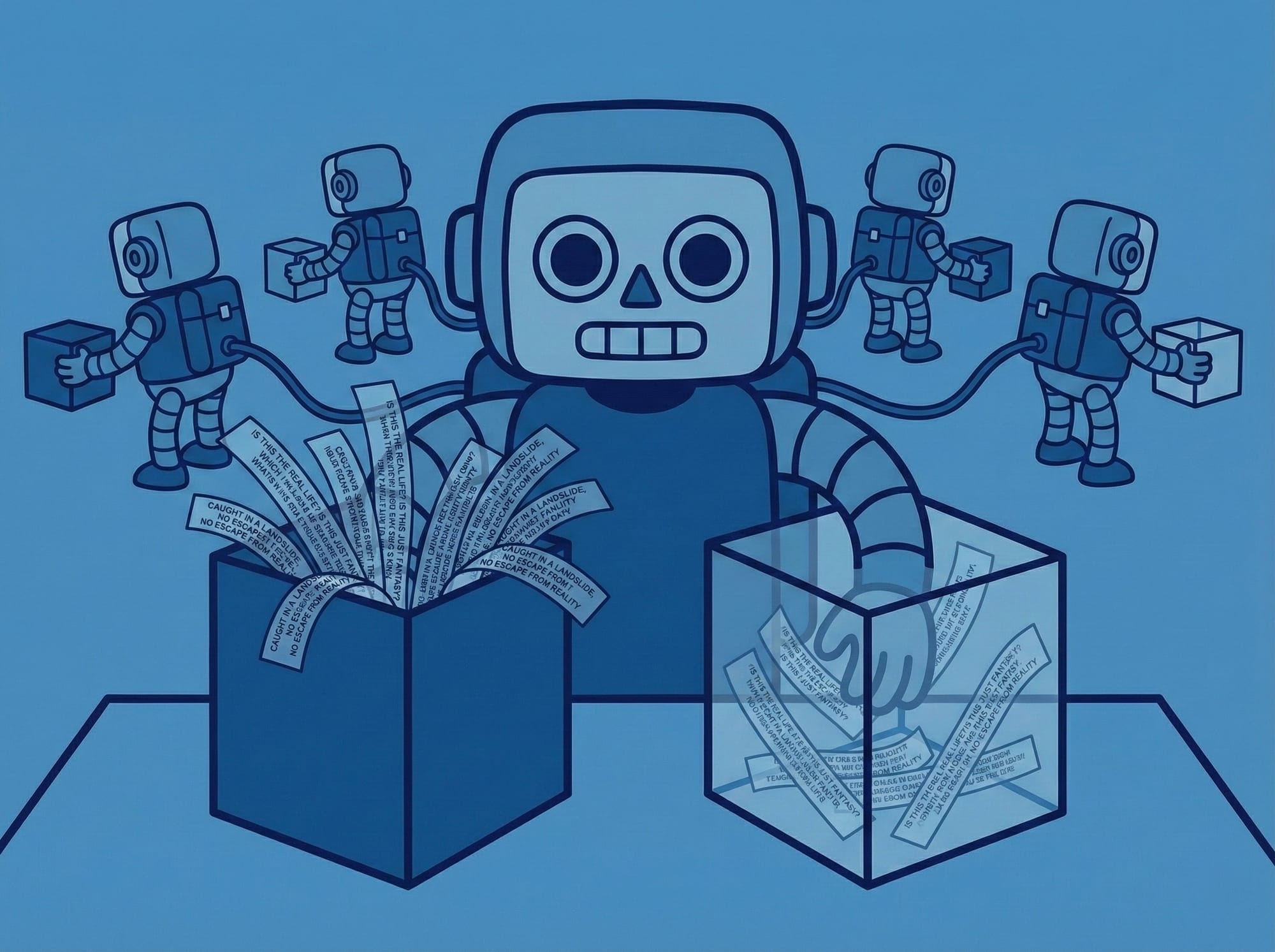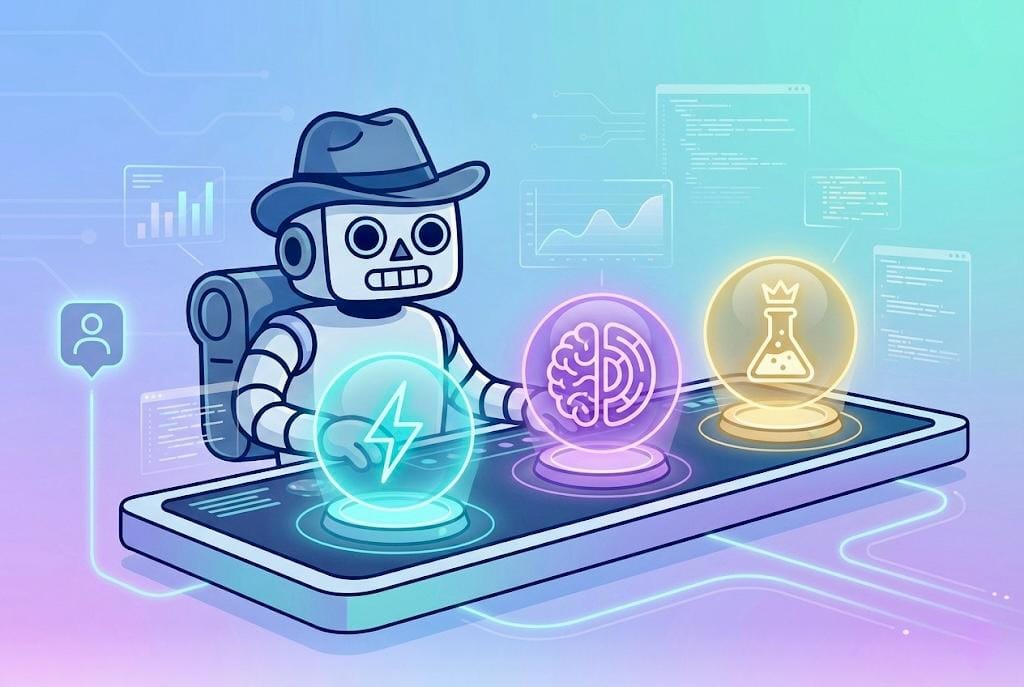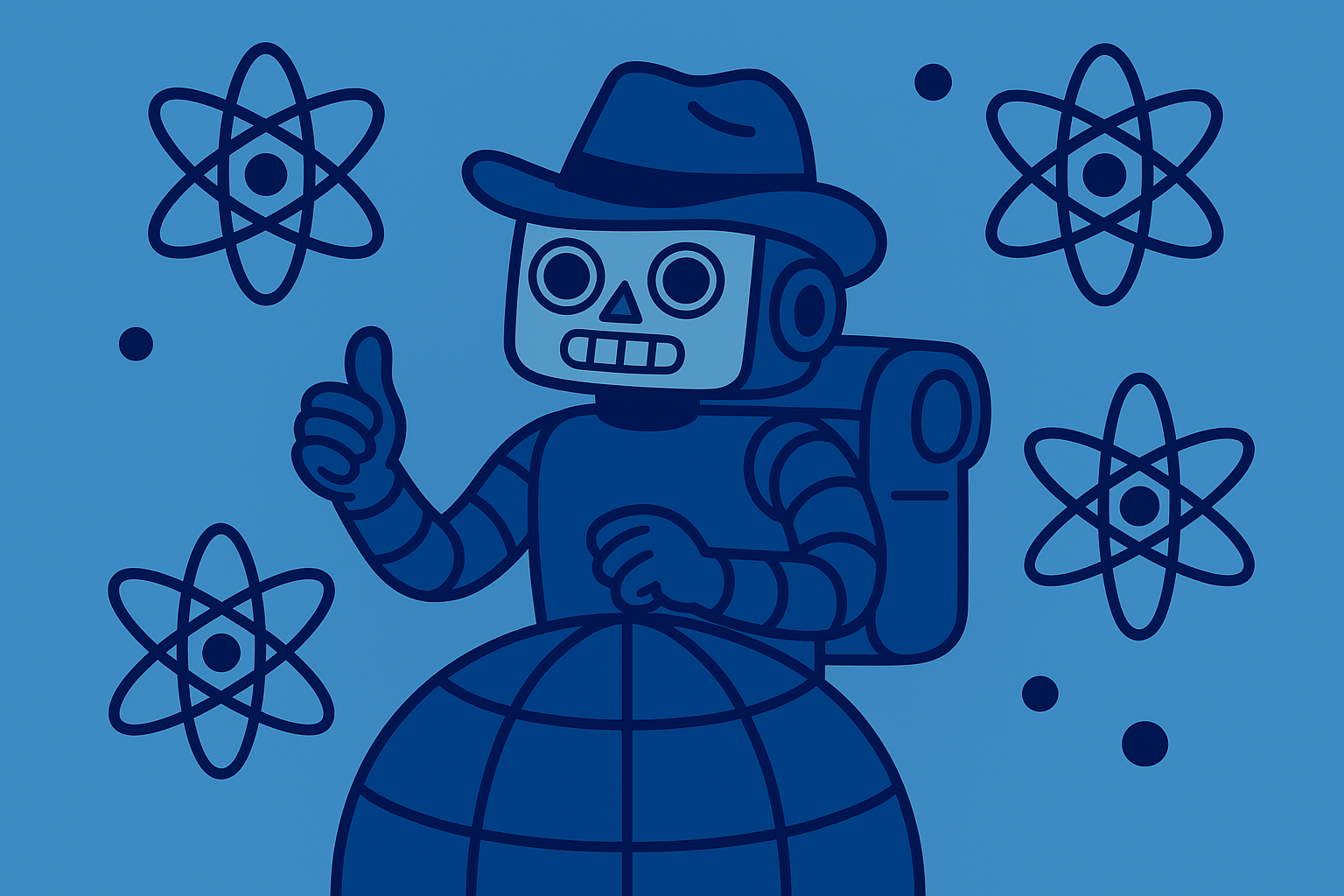Opus 4.5: What We Expect
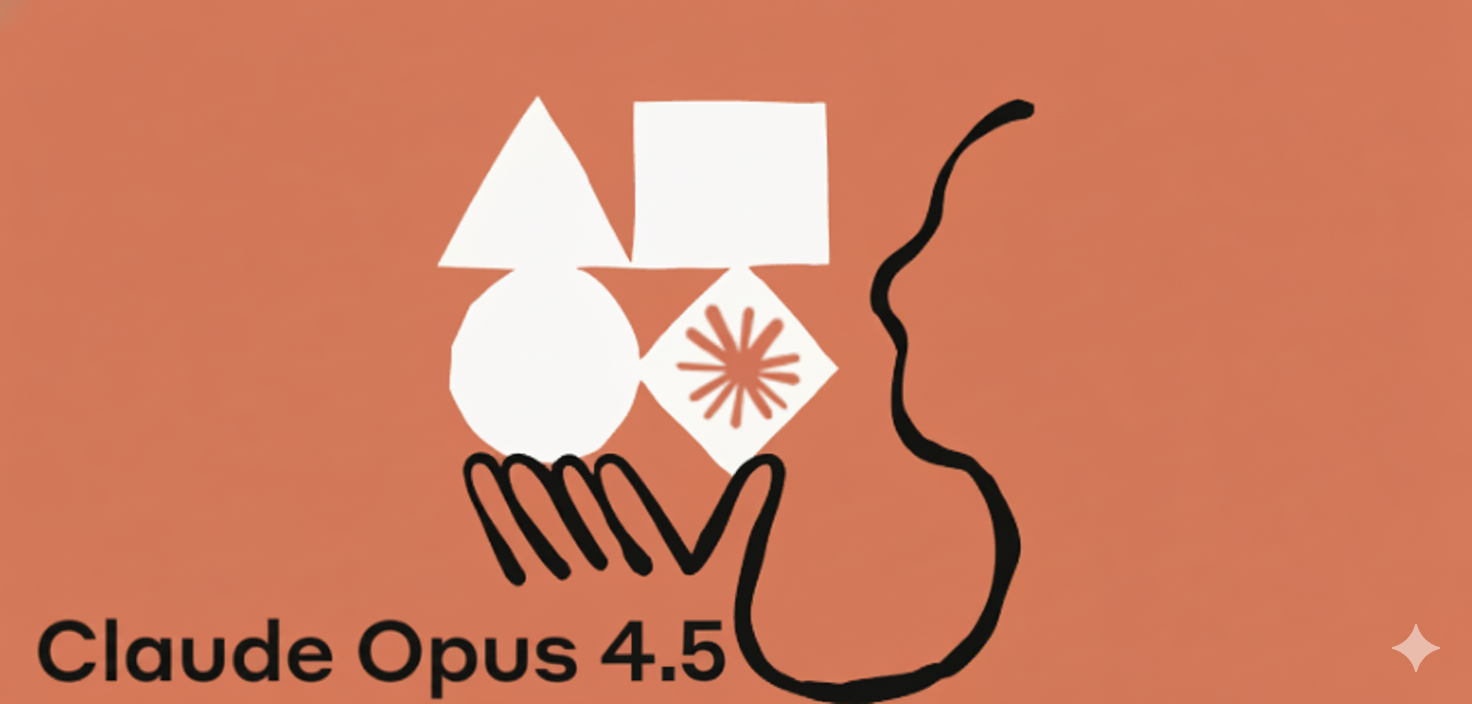
Anthropic just released Sonnet 4.5 and Haiku 4.5, but Opus 4.5 remains mysteriously absent. The AI community is buzzing with speculation about when, and more importantly, what, this flagship model will deliver when it arrives.
Opus 4.1 currently holds the crown as Anthropic's most powerful model, but the rapid-fire releases of Sonnet 4.5 and the remarkably capable Haiku 4.5 suggest something even bigger is brewing. The latest Sonnet now claims the title of "best coding model in the world," leaving many wondering what role an upgraded Opus would play.
The AI model race is heating up to unprecedented levels. With OpenAI's GPT-5 and Google's Gemini pushing boundaries, Anthropic's next move could redefine what's possible with AI agents, especially for enterprises betting millions on autonomous AI workers.
The Claude 4 Series: Setting the Stage
Anthropic has been on a tear lately, with rapid-fire releases that have transformed the AI landscape:
Opus 4.1 arrived in August 2025, introducing extended thinking modes and a massive 200,000-token context window. Then came Sonnet 4.5 in late September, and this is where things got interesting. Despite being positioned as a "medium" model, Sonnet 4.5 delivered frontier-level performance that caught everyone off guard.
The numbers tell the story: Sonnet 4.5 achieved a remarkable 61.4% on the OSWorld benchmark up from 42% in the previous version, established new highs on coding benchmarks like SWE-bench Verified, and demonstrated the ability to maintain focus autonomously for over 30 hours straight, compared to just 7 hours with earlier models.
Most impressively, Sonnet 4.5 now offers both the standard 200K token context and an experimental 1 million token context window in beta. This means it can process entire codebases or document libraries without chunking, a game-changer for complex enterprise applications.
Just two weeks later, Haiku 4.5 dropped in October, bringing near-Sonnet 4.0 performance at one-third the cost, processing at speeds up to 3x faster than its predecessor while maintaining impressive accuracy on tasks like coding and analysis. At roughly $1 per million input tokens and $5 per million output tokens, Haiku 4.5 makes frontier-level AI economically viable for high-volume applications. Anthropic's message was clear: what was cutting-edge months ago is now accessible to everyone, and what was expensive is now affordable at scale
The gap that emerges: If Sonnet 4.5 is already outperforming Opus 4.1 in many practical tasks, what exactly will Opus 4.5 bring to the table? The answer likely lies in pushing beyond today's limits.
What the Roadmap Hints At
While Anthropic hasn't officially announced Opus 4.5, developer leaks and roadmap discussions paint an intriguing picture. According to internal documentation, the upcoming model promises "enhanced reasoning capabilities specifically optimized for multi-agent coordination" with early benchmarks showing over 90% accuracy on complex software engineering tasks when multiple agents are involved.
Each .5 release in the Claude series has brought step-change advances:
- Sonnet 4.5 it redefined what a "medium" model could do
- Haiku 4.5 compressed frontier performance into a budget-friendly package
The pattern suggests Opus 4.5 won't simply be "Sonnet 4.5 but bigger." Instead, it will likely introduce fundamentally new capabilities that justify its premium positioning.
Anthropic's enterprise push provides another clue. With over 300,000 business customers now using Claude, including partnerships with Microsoft, Salesforce, and Amazon, there's clear demand for a true flagship model that can handle mission-critical tasks where accuracy matters more than cost.
Supreme Reasoning & Orchestration
The killer feature may be managing teams of AI sub-agent with unprecedented coordination. Imagine Opus 4.5 as a project manager overseeing multiple Haiku agents working in parallel, splitting complex tasks, merging results, and preventing the errors that typically compound in multi-agent systems.
Anthropic already encourages using different Claude models in tandem, with expensive models handling critical decisions while cheaper ones execute routine tasks. Opus 4.5 could formalize this into a native capability.
For teams building these multi-agent workflows, tools like PromptLayer have become essential for tracking, debugging, and optimizing complex agent interactions. As systems scale from single prompts to orchestrated agent teams, proper observability becomes critical for maintaining reliability and cost control.
The Haiku Advantage in Multi-Agent Systems
Haiku 4.5 will be the workhorse in Opus-orchestrated systems. Its combination of speed, cost-efficiency, and near-Sonnet 4.0 intelligence makes it ideal for:
- Parallel task execution where multiple agents process different parts of a problem simultaneously
- High-volume data processing and transformation tasks
- Rapid iteration and testing cycles during development
- Customer-facing applications where response time matters
Picture this: Opus 4.5 designs a data pipeline, spawns 20 Haiku agents to process different data sources in parallel, validates their output, and synthesizes the results, all while costing a fraction of what 21 Opus instances would run. This economic model makes previously impossible workflows suddenly practical."
1M Token Context as Standard
While Sonnet 4.5 offers million-token context in beta, expect Opus 4.5 to make this standard, and possibly push even further. This would enable processing entire codebases, research libraries, or legal archives in a single prompt without any chunking or summarization.
More importantly, Opus 4.5 might introduce smarter context handling. Rather than just having more memory, it could feature internal indexing and retrieval mechanisms that let it effectively search within its massive context, focusing on relevant information without getting overwhelmed.
Extended Autonomous Operation
If Sonnet 4.5 can run for 30+ hours autonomously, Opus 4.5 should push this even further, both in duration and reliability. We're talking about AI that can manage multi-day complex projects with minimal human oversight.
This could include better error recovery, checkpoint systems for saving progress, and the ability to "hibernate" and resume tasks.
The Enterprise Angle
Cost will be a defining factor. Current Opus 4.1 pricing runs $15 per million input tokens and $75 per million output tokens, making it roughly 15x more expensive than Haiku. Opus 4.5 will likely maintain or even exceed these prices, positioning it firmly as an enterprise solution.
But for critical applications, the math often works out. Consider a scenario where Opus 4.5 manages a team of Haiku agents for a complex software project. The flagship model might:
Design the overall architecture (Opus: high cost, high value)
- Break down tasks intelligently (Opus: critical decision-making)
- Delegate implementation to 10 Haiku agents working in parallel (Haiku: 15x cheaper, fast execution)
- Review and integrate work from sub-agents (Opus: quality control)
- Handle the truly complex problems that stump smaller models (Opus: frontier capabilities)
Cost breakdown example: A project that might cost $1,000 using only Opus could run for $200 using Opus for orchestration and Haiku for execution, while potentially finishing faster due to parallelization. For enterprises running thousands of AI workflows monthly, this 5x cost reduction with equal or better quality is transformative."
This multi-model orchestration approach could deliver better results than using any single model, while keeping costs manageable by relegating routine work to cheaper agents.
Safety and alignment improvements will be crucial for enterprise adoption. While Sonnet 4.5 is already touted as Anthropic's "most aligned model," Opus 4.5 needs to go further. Enterprises need controllable AI that follows internal policies and compliance requirements, not just general safety guidelines.
We might see features allowing companies to set custom guardrails or tune the model's behavior for their specific domain essential for deployment in regulated industries like finance and healthcare.
The Bottom Line
When will we see Opus 4.5? Late 2025 or Q1 2026 seems most likely, based on Anthropic's recent release cadence. Some prediction markets put non-trivial odds on a December 2025 announcement, reflecting anticipation in the developer community.
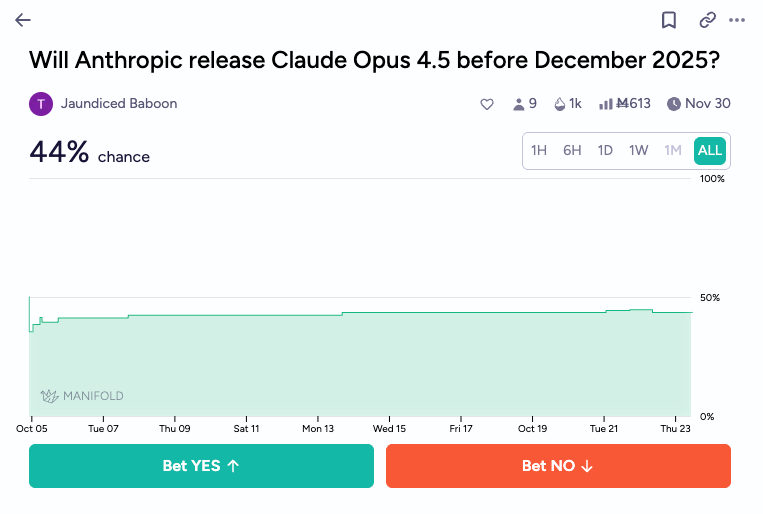
The bigger picture is clear: Opus 4.5 represents the culmination of everything Anthropic has learned in the Claude 4.x series before what will likely be a major architectural leap to Claude 5. It's a statement about where AI is headed.
With Haiku 4.5 providing fast, affordable execution and Sonnet 4.5 delivering frontier performance at mid-tier pricing, Opus 4.5 will complete the trilogy, offering the orchestration intelligence needed to conduct this AI symphony effectively.
We're watching the transition from AI as a chatbot to AI as an autonomous worker capable of handling complex, multi-day projects with minimal supervision. Opus 4.5 will likely be the model that makes this vision concrete for enterprises willing to invest in cutting-edge capabilities.
For developers and businesses, the wait for Opus 4.5 is about more than just better benchmarks. It's about the next breakthrough in what AI agents can actually do in the real world, from writing entire software systems to managing complex business processes to pushing the boundaries of scientific research.
The AI model race is far from over, and Opus 4.5 might just be the release that sets a new standard for what we expect from artificial intelligence. Until then, Sonnet 4.5 and Haiku 4.5 are already transforming workflows and pushing the envelope of what's possible today.

